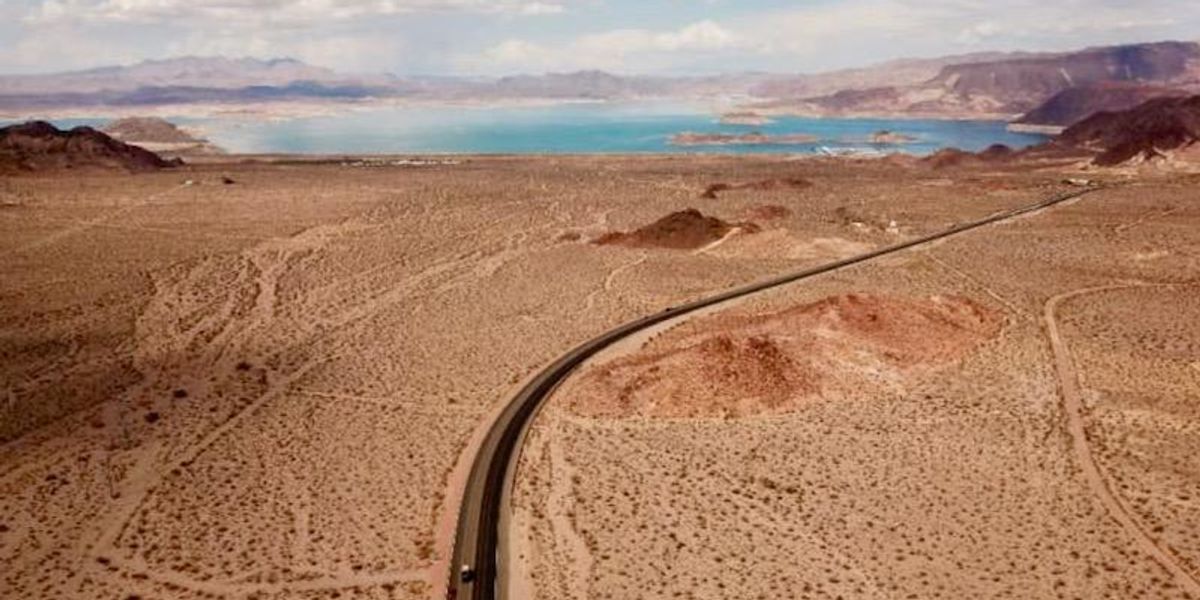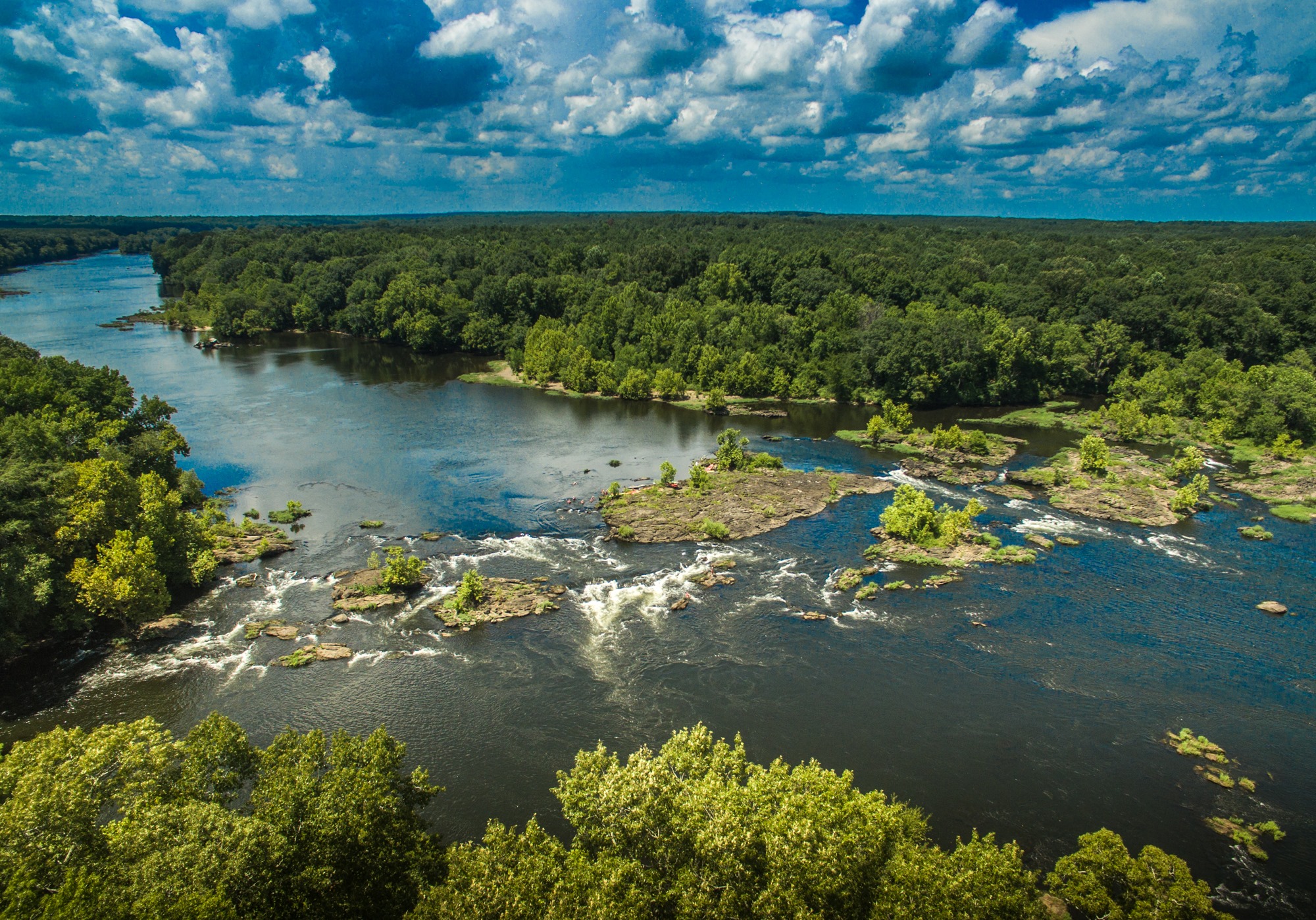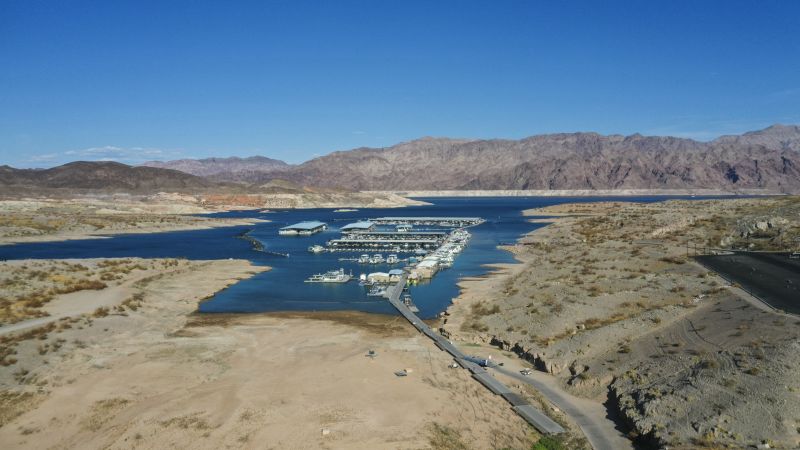Just because some very downstream reservoirs are full doesn't mean the total river system storage capacity, as a series-of-reservoirs whole, can't be at historically low levels. If it is.
Low water levels can be a function of increased water demand or of drought. Over the decades, it's obvious that the Colorado River has been tapped for significantly ever-increasing water demands, primarily by California and Arizona, and also that there have been periodic regional droughts, which may or may not be due to interglacial global climate warming.
Low water levels can be a function of increased water demand or of drought. Over the decades, it's obvious that the Colorado River has been tapped for significantly ever-increasing water demands, primarily by California and Arizona, and also that there have been periodic regional droughts, which may or may not be due to interglacial global climate warming.




